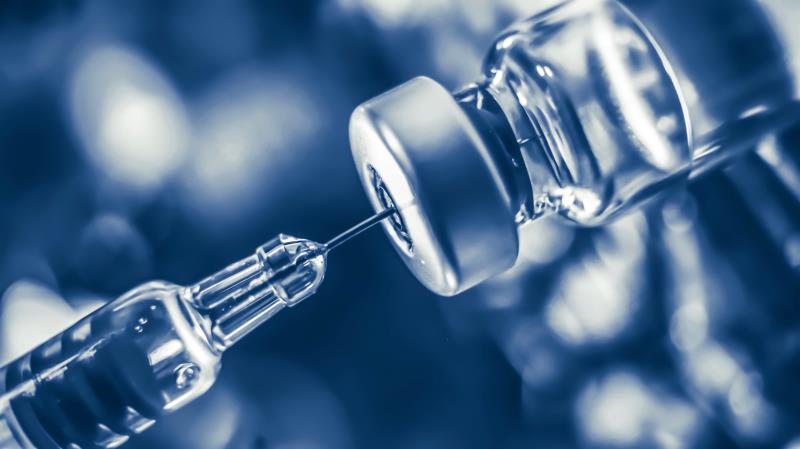
Every-two-month injections of the long-acting cabotegravir + rilpivirine were noninferior to once-monthly injections for virologic suppression at 48 weeks in people living with HIV*, according to the ATLAS-2M** study presented at CROI 2020 — thus providing a potential option with more convenient dosing.
Results of the landmark ATLAS study presented at CROI last year revealed that a Q4W two-drug injectable regimen was similarly effective as the oral three-drug antiretroviral therapy (ART) taken daily.
The extension trial, ATLAS-2M, is an open-label, phase IIIb noninferiority study involving 1,045 virollogicaly suppressed individuals (median age 42 years, 27 percent female) with HIV: 391 participants from ATLAS plus 654 participants new to injections who were previously treated with oral ART. They were randomized 1:1 to receive long-acting cabotegravir + rilpivirine injections with either Q8W or Q4W dosing schedule. [CROI 2020, abstract OA-34]
Both the doses of cabotegravir and rilpivirine (600 mg and 900 mg, respectively) in the Q8W regimen were higher than those in the Q4W dosing schedule (400 mg and 600 mg, respectively).
At 48 weeks, the rates of virologic success — defined as HIV-1 RNA <50 c/mL — were similar between the Q8W and the Q4W arms (94.3 percent vs 93.5 percent). The adjusted difference between treatment arms was 0.8 percent (95 percent confidence interval [CI], -2.1 to 3.7), thus meeting the noninferiority margin of -10 percent for the lower limit of the CI.
The primary outcome of virologic nonresponse, which referred to plasma HIV-1 RNA ≥50 c/mL, was also comparable between the two groups and occurred infrequently (1.7 percent vs 1.0 percent). Again, the noninferiority margin of 4 percent for the upper CI limit was met for adjusted treatment difference of 0.8 (95 percent CI, -0.6 to 2.2).
“Q8W dosing of cabotegravir + rilpivirine was highly efficacious and noninferior to Q4W dosing,” concluded lead investigator Dr Turner Overton from the University of Alabama in Birmingham, Alabama, US.
Virologic failures occurred in eight participants in the Q8W arm compared with two in the Q4W arm. Of the eight patients who failed on Q8W dosing, six had pre-existing resistance-associated mutations (RAMs) to rilpivirine, while five harboured mutations that conferred resistance to integrase at baseline.
In contrast, none of the two patients who failed on Q4W dosing showed pre-existing RAMs to rilpivirine.
Factors contributing to virologic failure such as baseline resistance and drug concentrations would be further evaluated, according to Overton, who said analyses of HIV-1 DNA for pre-existing resistance markers in peripheral blood mononuclear cells are currently ongoing across phase III programmes.
“Long-acting cabotegravir + rilpivirine was well tolerated with a comparable safety profile between arms,” said Overton. Injection site reactions were mostly mild or moderate (in 98 percent of events), with a median duration of 3 days.
Also, 98 percent of participants indicated that they preferred Q8W dosing of cabotegravir + rilpivirine over oral therapy, and Q8W dosing was preferred by 94 percent of participants who had previously been on Q4W dosing.
“Long-acting cabotegravir + rilpivirine, dosed every 2 months, is an innovative and effective treatment for maintenance of virologic suppression in people living with HIV,” said Overton.